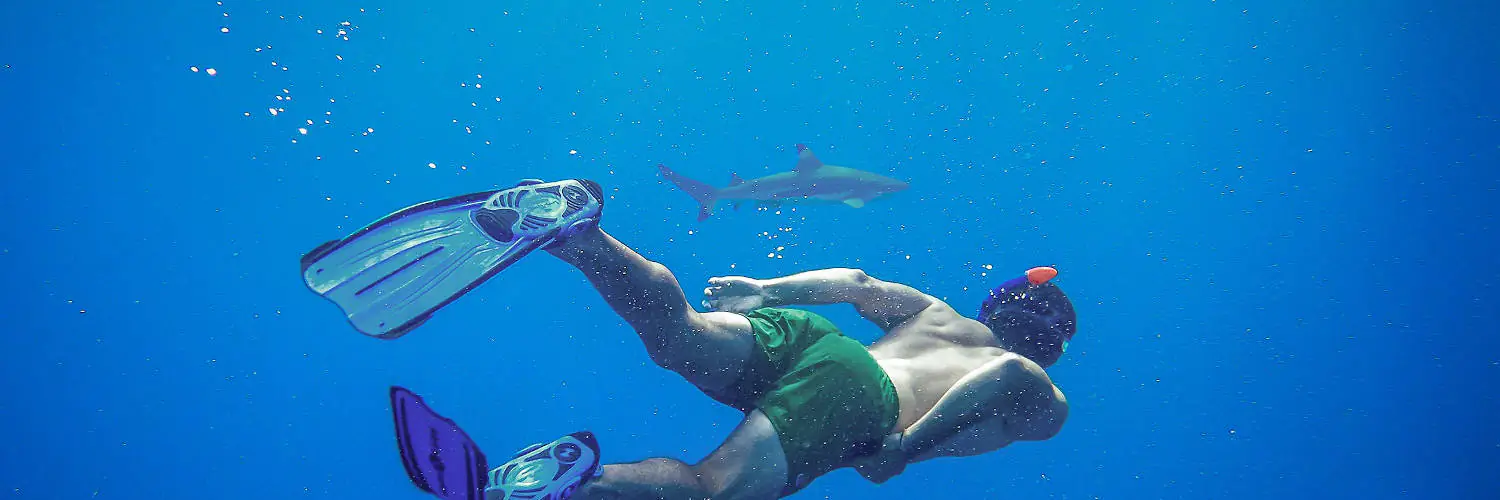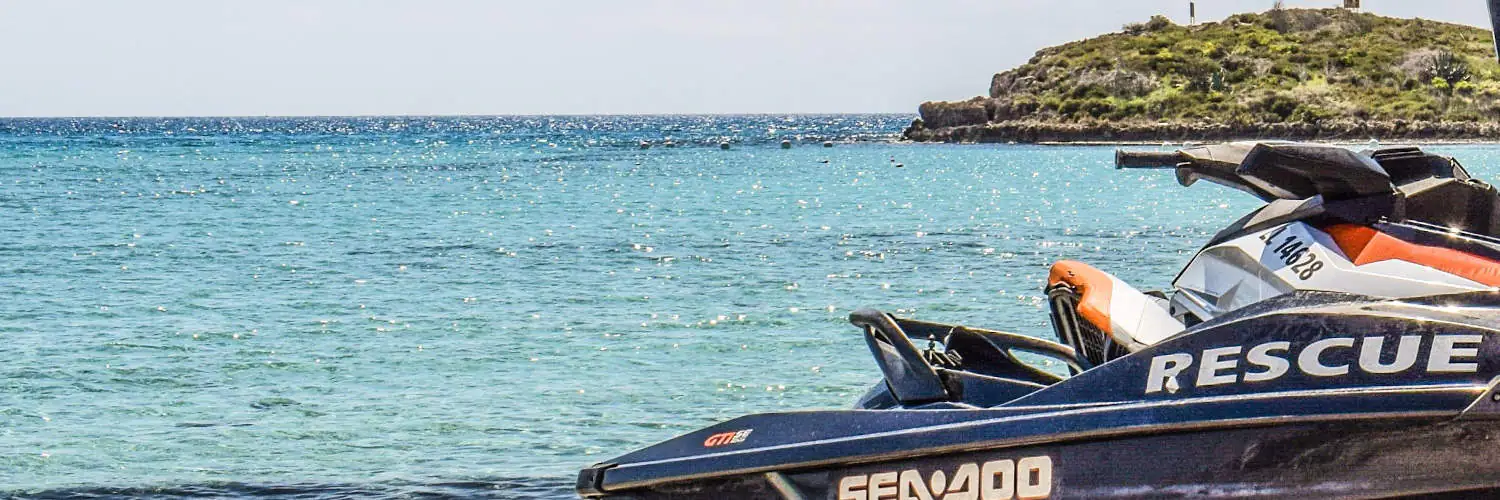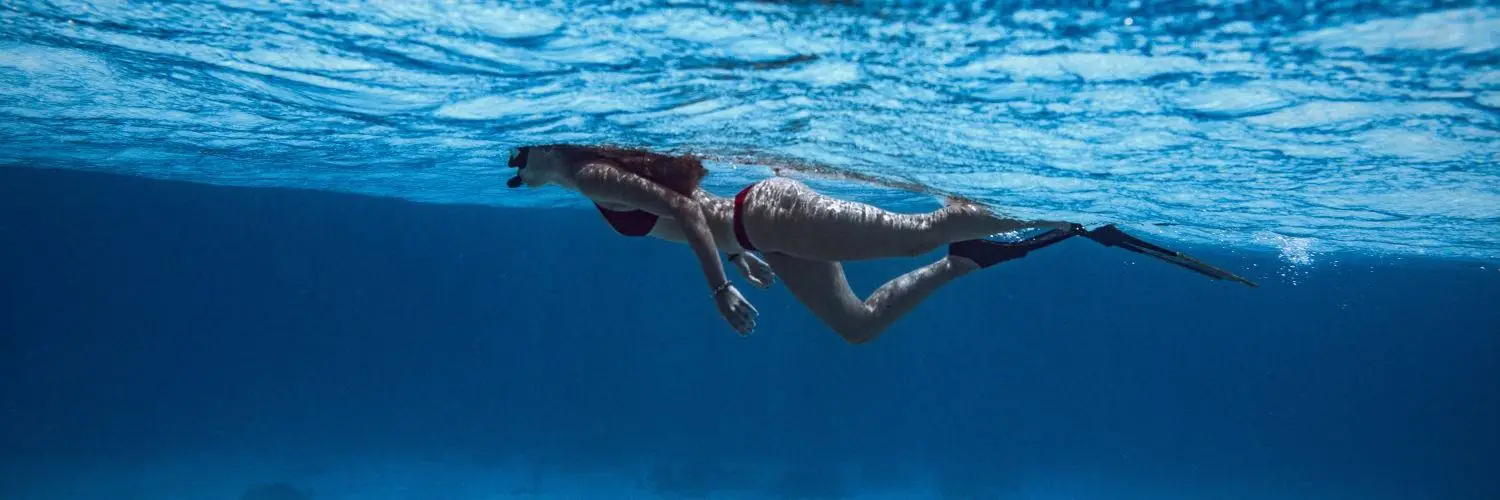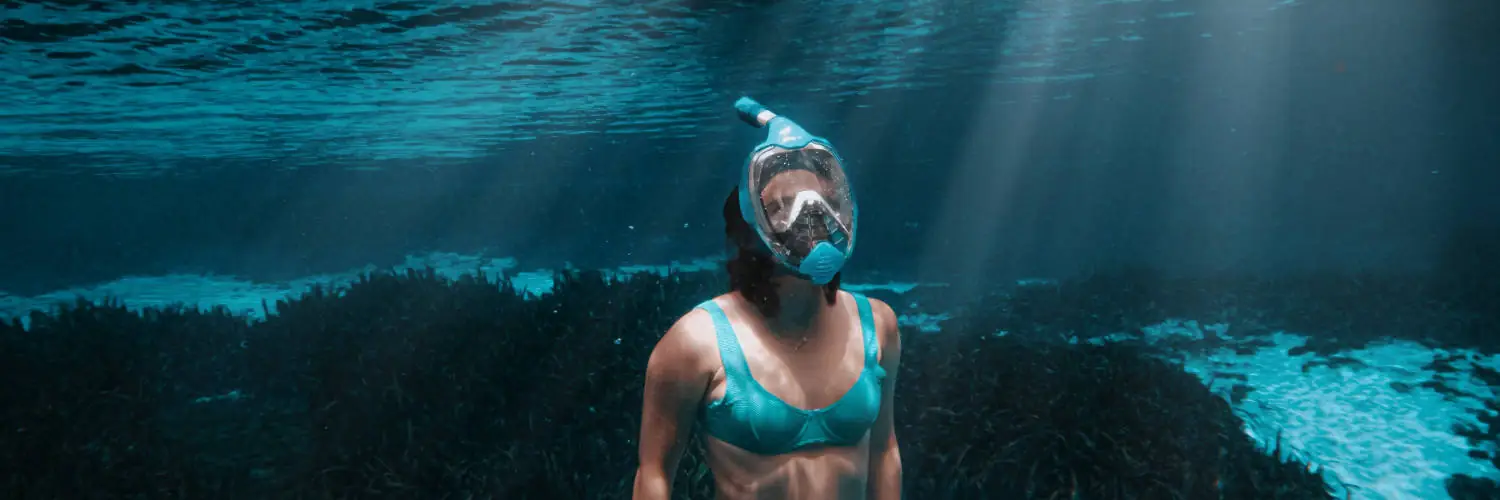Table of Contents
Snorkeling Overweight: Tips for a Safe and Enjoyable Experience
Snorkeling is a fun activity where people can look at underwater life. It needs only a few things and not much training. It is accessible to a broad range of people due to its simplicity and the minimal physical demands it typically requires. A common misconception is that there is a weight limit for snorkeling. While physical fitness can play a role in snorkeling, particularly when dealing with currents or swimming for longer distances, there is no strict weight limit that prohibits overweight individuals from enjoying snorkeling.
Floating and moving in water when snorkeling is easier if you have good buoyancy. People with higher body mass can face challenges achieving neutral buoyancy, which is the state where they neither sink nor rise in the water. This neutral buoyancy is preferred for an effortless and enjoyable snorkeling experience. Overweight individuals can often still snorkel successfully but may need to pay closer attention to their buoyancy and utilize snorkeling vests or other flotation devices to aid them.
Safety is a primary concern for snorkelers of any weight, and it becomes particularly important for those who are overweight. Increased body weight can accentuate the risks associated with water activities such as greater exertion, potential difficulties in swimming back to shore, and in extreme cases, an elevated risk of hypoxia or decompression sickness. Therefore, overweight snorkelers should be mindful of their physical limitations, choose appropriate equipment, and consider environmental factors such as water conditions and weather before participating in snorkeling activities.
Understanding Snorkeling Basics
Snorkeling is an aquatic activity that allows individuals to observe the underwater world with minimal equipment and training. The essential gear includes a mask, snorkel, and fins. A proper fit of these items is crucial for both comfort and safety.
The Mask: A well-fitting mask should seal comfortably around the face, preventing water from entering while allowing for clear vision. To test the fit, they should place the mask on their face without the strap and inhale through their nose. The mask should stay in place without holding it.
The Snorkel: A snorkel is a tube that enables breathing while the face is submerged. They should attach it to their mask and practice breathing through it above water. A comfortable mouthpiece and the correct length of the snorkel are important to prevent jaw fatigue and ensure easy breathing.
The Fins: Fins help move in water easier. They make swimming easy. They should fit snugly but not tightly, allowing for adequate blood circulation. Both full-foot and open-heel styles are available, with the latter often requiring the use of neoprene booties.
- Safety Considerations:
- Always snorkel with a buddy.
- Be aware of water conditions and weather.
- Practice in a controlled environment, like a pool, before heading to open water.
For those concerned about buoyancy due to body weight, modern snorkeling gear, including wetsuits, can help in achieving neutral buoyancy. Snorkelers should ensure their equipment fits well and makes them feel secure to maximize enjoyment and reduce exertion.
Overweight Considerations in Snorkeling
When snorkeling, individuals who are overweight face unique challenges that must be carefully managed for a safe and enjoyable experience. Proper gear selection, ensuring a comfortable fit, and adjusting for buoyancy are crucial components to address.
Choosing the Right Gear
The selection of snorkeling equipment for an overweight individual should prioritize safety and ease of use. A snorkel vest or life jacket can provide additional buoyancy and security. It’s important to choose a jacket designed to support one’s body weight efficiently. Also, the right snorkel mask is important; people who weigh a lot might like a mask that covers their whole face which fits better and lets them see more because their face is bigger.
Importance of Proper Fit and Comfort
Comfort is paramount when snorkeling, especially for those carrying extra weight. The gear should not constrict breathing or movement, particularly around the chest and legs. Ensuring that the snorkel vest and life jacket fit well will enhance comfort and aid in floating. It should snugly fit the body without causing discomfort or inhibiting motion.
Adjusting for Buoyancy and Weight
Overweight persons typically have increased buoyancy due to the fat content in their body, which can affect how they float. To compensate, a weight belt may be necessary to help achieve neutral buoyancy. This belt should be carefully adjusted with the right amount of weight so that the snorkeler can easily stay at the water’s surface without struggle. For safety, it’s crucial that the added weights can be quickly released in case of an emergency.
| Consideration | Details |
|---|---|
| Gear | Select a sturdy vest or life jacket to assist with buoyancy and ensure the snorkeling mask provides a good fit. |
| Fit and Comfort | Gear should fit comfortably, providing support without being overly tight or restrictive. |
| Buoyancy Adjustment | Use a weight belt to counteract excess buoyancy as needed, ensuring the ability to float with ease. |
While personal comfort and safety should always be the priority, there is generally no strict weight restriction for snorkeling. However, it’s advised that individuals stay informed and remain within safe limits for their health and well-being.
Planning Your Snorkeling Adventure
When planning a snorkeling trip, especially for individuals who may be overweight, it is vital to choose a location that suits one’s comfort and ability levels. Locations with calm waters and easy access from the shore are preferable as they offer more relaxed conditions. Instead, snorkeling from a boat can give you access to good spots and help from a guide.
Before setting out, individuals should consult with healthcare providers to discuss any health conditions that could affect their snorkeling experience. Make sure to follow the rules and laws for the snorkeling place. They are important to keep everyone safe and the ocean healthy.
Transportation to the snorkeling site should be arranged in advance to avoid any last-minute issues. Once the logistics are sorted, focus on assembling the right equipment which includes a properly fitting snorkel mask and snorkel fins that accommodate one’s size and maintain comfort during the swim. This is crucial in conserving energy and allowing for a steady and controlled experience.
Also, put on water-proof sunscreen before going in water to keep your skin safe from getting burned by the sun while swimming. Lastly, staying relaxed is crucial, as tension may lead to rapid fatigue. Remember that snorkeling is an activity to be enjoyed at a personal pace, experiencing the underwater landscape with ease.
Health and Physical Considerations
Snorkeling is an activity that can provide both recreation and physical exercise. However, for individuals who are overweight, it’s important to consider their health and physical capabilities before engaging in snorkeling to ensure safety and enjoyment.
Assessing Fitness and Stamina
Before participating in snorkeling, individuals should assess their fitness level and stamina. It is critical to evaluate one’s cardiovascular health and strength to endure the physical exertion that snorkeling requires. They should consider how long they can perform moderate exercise, such as swimming or walking, as this can give an indication of their stamina. Fitness directly affects an individual’s ability to move comfortably in the water and manage the energy expenditure snorkeling entails.
- Cardiovascular health: Needed for keeping things going.
- Strength: Affects one’s ability to swim against currents and waves.
Managing Physical Exertion in Water
When snorkeling, the body experiences unique conditions such as buoyancy and resistance, which change the way physical exertion is felt and managed. Overweight individuals may face additional challenges due to their body type.
- Buoyancy: Fat in the body lets you float higher. That’s why people with more fat may float more. But, it can be hard for them to dive under the water too.
- Physical exertion: This includes the energy used for swimming and maintaining buoyancy control, which can be more demanding.
It’s important for individuals to be aware of water conditions that could affect safety and physical requirements, such as currents, waves, and water temperature. They should consider using snorkeling fins and flotation devices to assist with mobility in the water if necessary.
- Water conditions: Currents and waves increase the need for greater physical exertion.
- Energy expenditure: Snorkeling burns calories, which can contribute to overall fitness and weight management.
Advanced Snorkeling Tips
Advanced snorkeling for overweight individuals can be both rewarding and challenging. Incorporating specific techniques and equipment can significantly enhance their experience.
Improving Techniques for Overweight Snorkelers
Overweight snorkelers may face unique challenges in terms of buoyancy and stamina; however, specific strategies can improve their experience. They should focus on building their swimming stamina through regular exercise, as endurance plays a pivotal role in snorkeling performance. Free diving techniques, like taking deep breaths and performing controlled breath-hold dives, can increase their lung capacity and comfort underwater. Also, bending and stretching more can really help fat swimmers with their movement in water, making it easier to move.
To get better at diving under water, take big breaths and practice going down like a duck. It helps you explore more and get closer to animals in the sea. It’s important for snorkelers to utilize their fins efficiently, mastering the correct kick to maximize propulsion without unnecessary exertion. Overweight snorkelers should focus on using their legs more than their arms to conserve energy.
Specialized Snorkeling Equipment
Selecting the right equipment is key for overweight snorkelers to ensure safety and enjoyment. They should opt for fins that provide ample power yet are comfortable and not too tight. Lead weights may be used with caution to achieve the right buoyancy, helping to counteract natural buoyancy and ease movement through the water.
Choosing a well-fitting, comfortable mask is also important. A prescription snorkel mask or a dual lens mask can provide clear vision underwater. Masks with a purge valve are beneficial for effortless clearing of water.
To protect against the elements, an exposure protection suit such as a shorty wetsuit is advisable. The wetsuit keeps you afloat, warm, and safe underwater. It helps you stay up, warm, and safe from the sun and sea creatures. Those made with flexible materials can provide the extra stretch needed for a comfortable fit on an overweight body.
Resources for Overweight Snorkelers
Overweight individuals seeking to snorkel will find that with the right resources and gear, they can enjoy a comfortable and safe experience. Specific classes and personalized gear can enhance safety and enjoyment for snorkelers regardless of their body weight.
Finding Snorkeling Classes and Guides
When looking for snorkeling classes, it is important to find instructors who offer personalized attention and tailor lessons to an individual’s body weight and skills. Lessons for swimming with a snorkel can help you feel surer and get better at it. Overweight snorkelers should ensure instructors conduct a weight check and adjust guidance accordingly, taking into consideration buoyancy and ease of movement.
- Classes: Look for providers that specifically mention support for all body types.
- Guides: Choose guides who are experienced in accommodating a range of physical abilities and are skilled in offering advice on buoyancy and movement.
Renting Versus Buying Snorkeling Gear
Selecting the right snorkeling gear is crucial and depends on the snorkeler’s body weight, height, and personal comfort. Rental gear may be a good starting point to assess what works best; however, purchasing gear ensures a custom fit that can enhance the field of vision and minimize discomfort or the chances of gear malfunction, such as unexpected bubbles.
-
Scuba Gear
- Rental: Test out various sizes to find the one that fits comfortably.
- Purchase: Consider buying a tailored snorkeling weight belt or buoyancy compensators that accommodate a higher body weight.
-
Snorkeling Weight
- Skin Diving: Use a weight system to achieve neutral buoyancy.
- Height and Body Weight: Choose gear that complements one’s proportions and provides a wide and clear field of vision.








